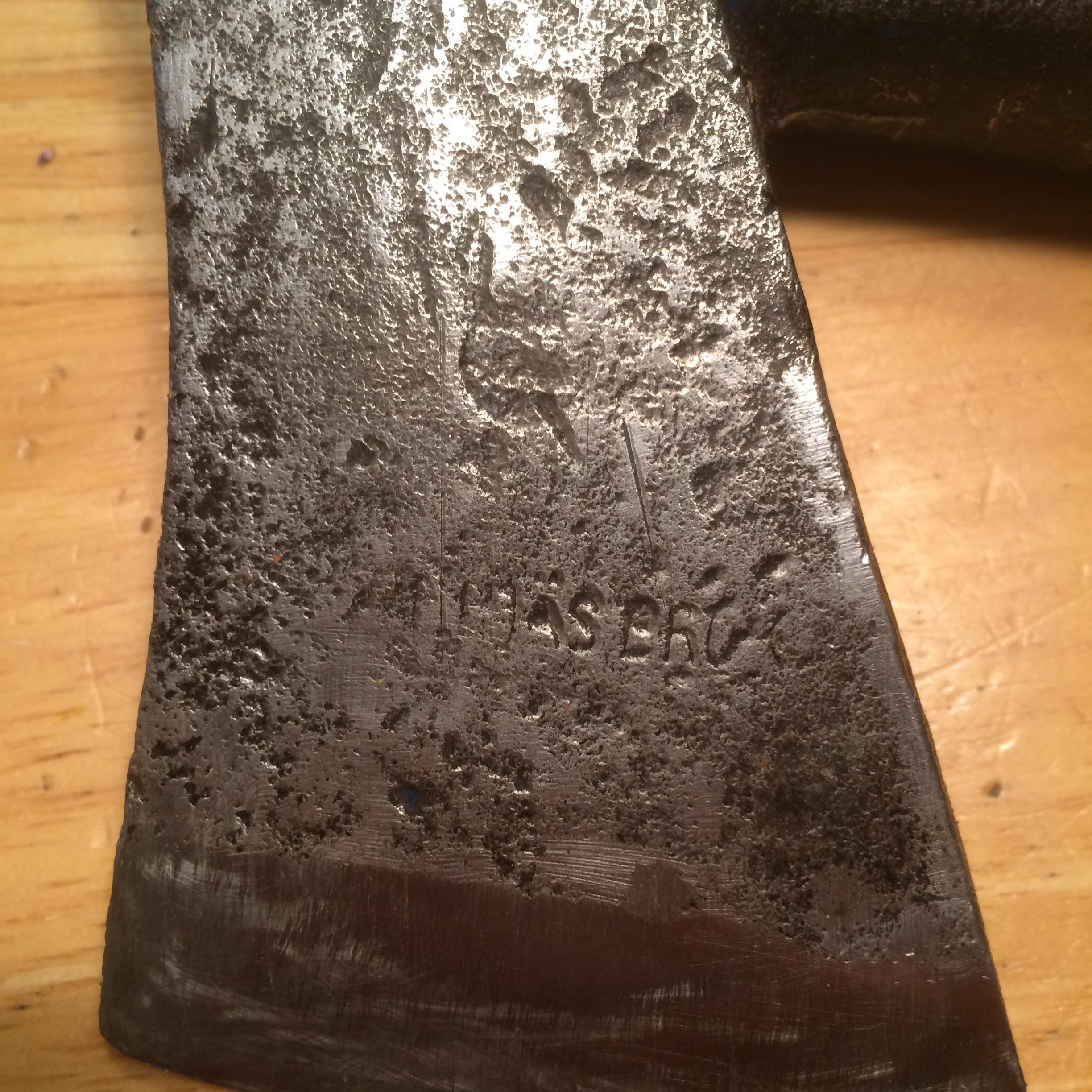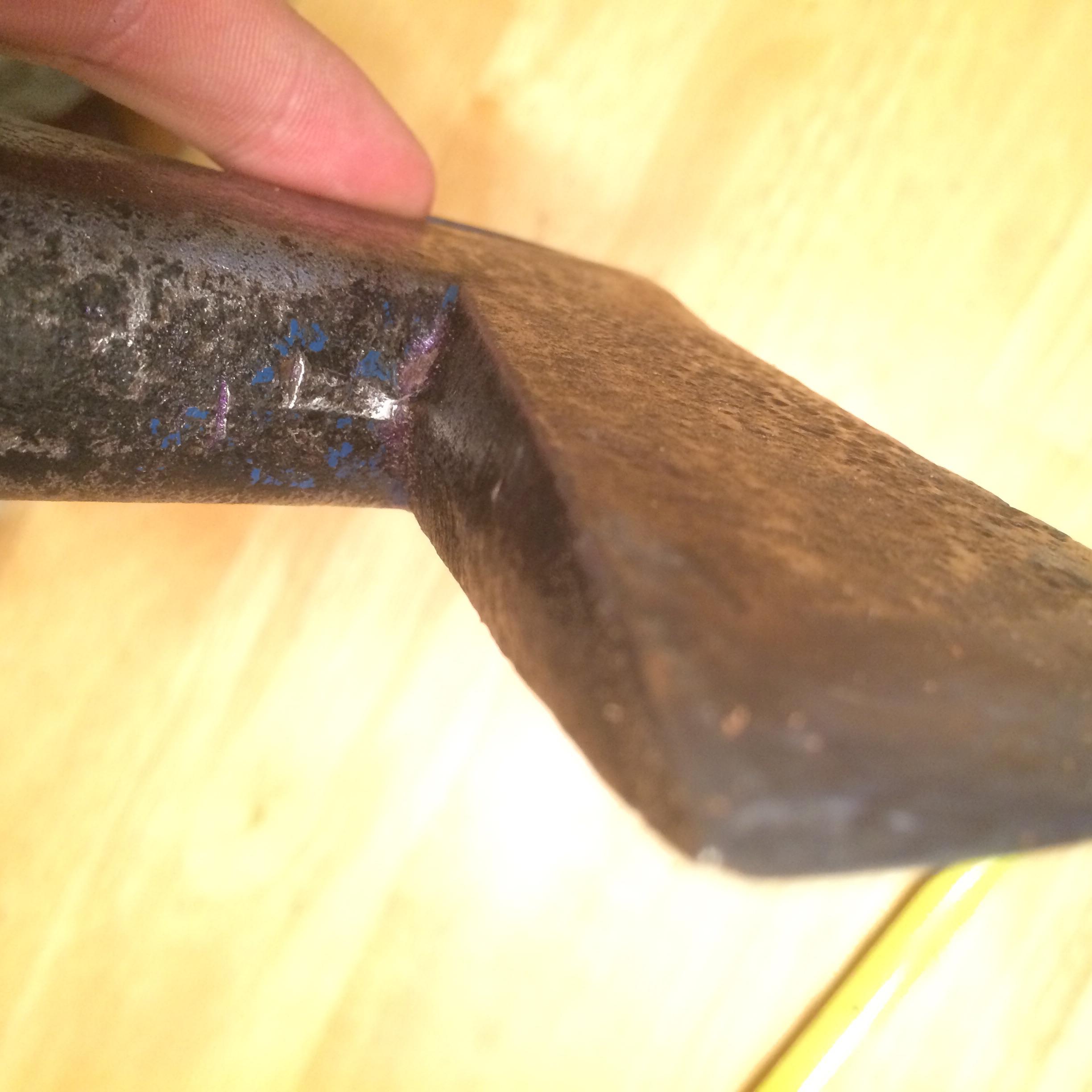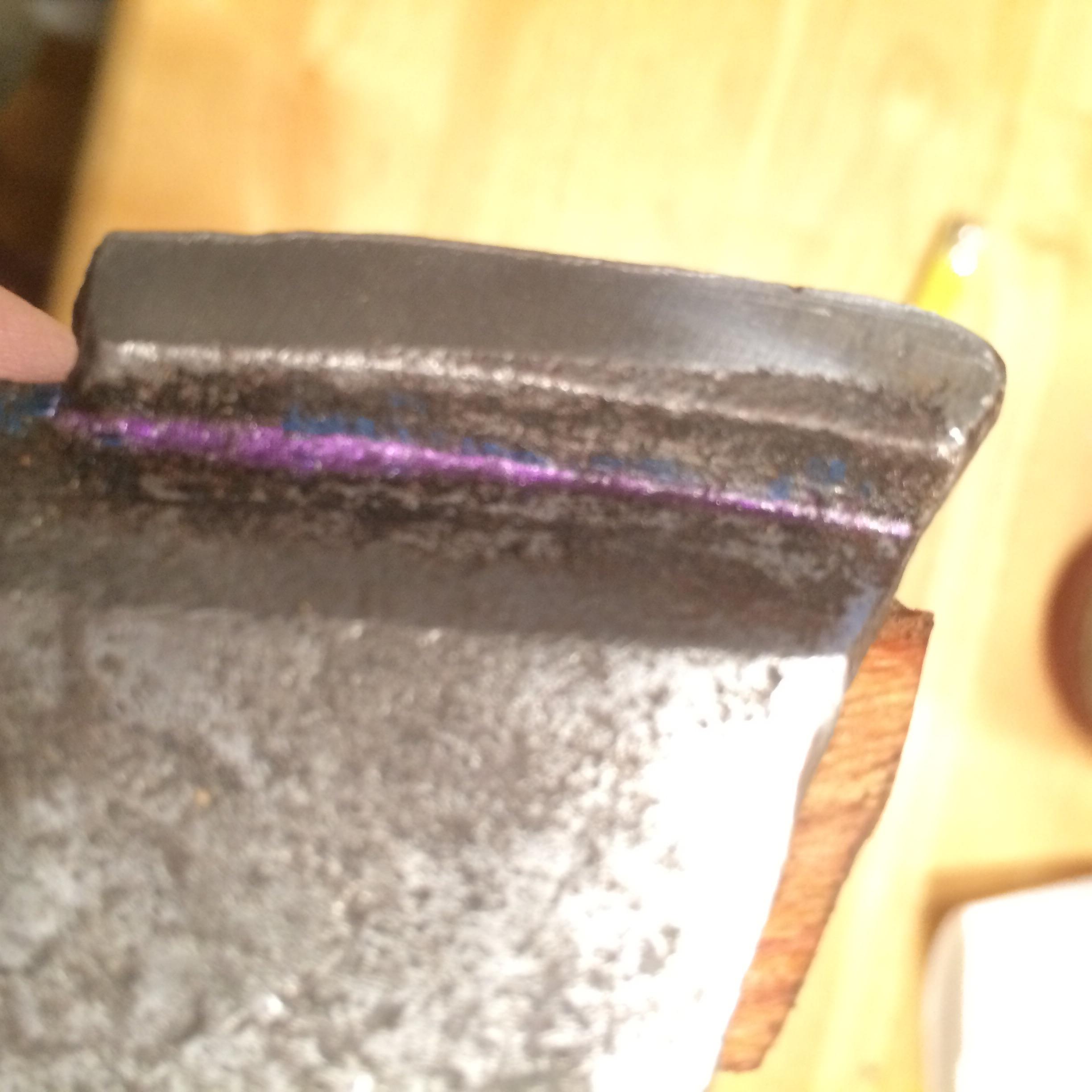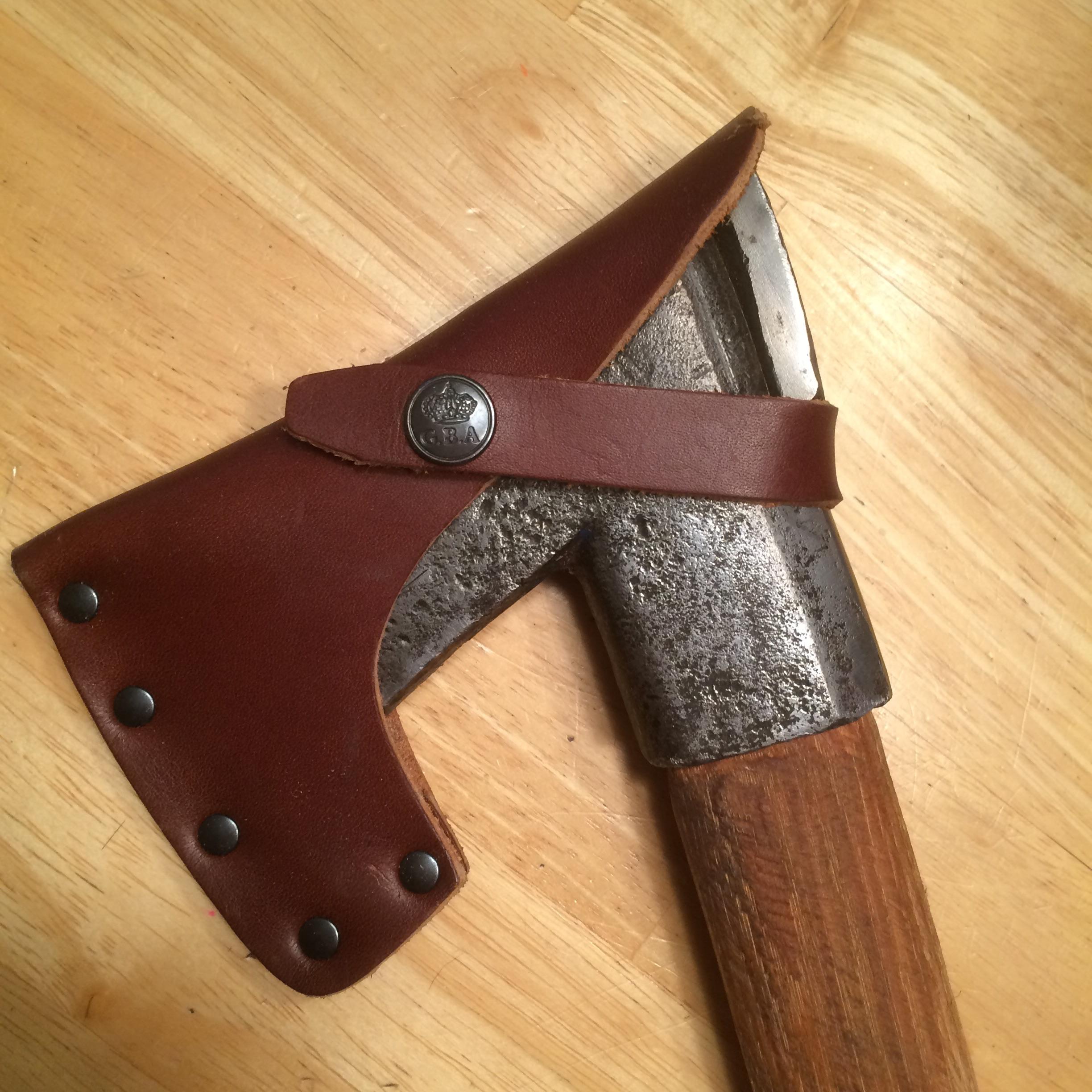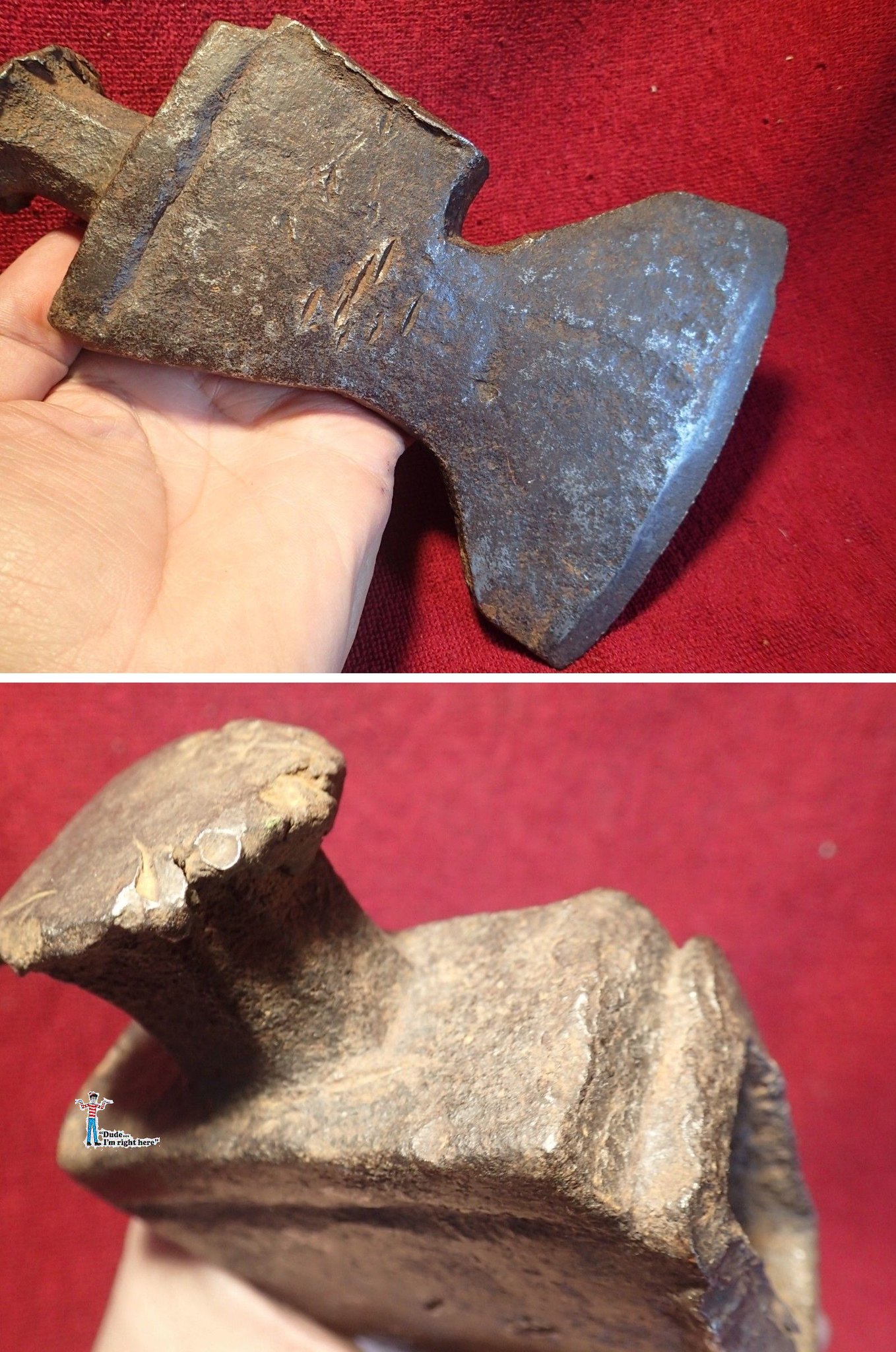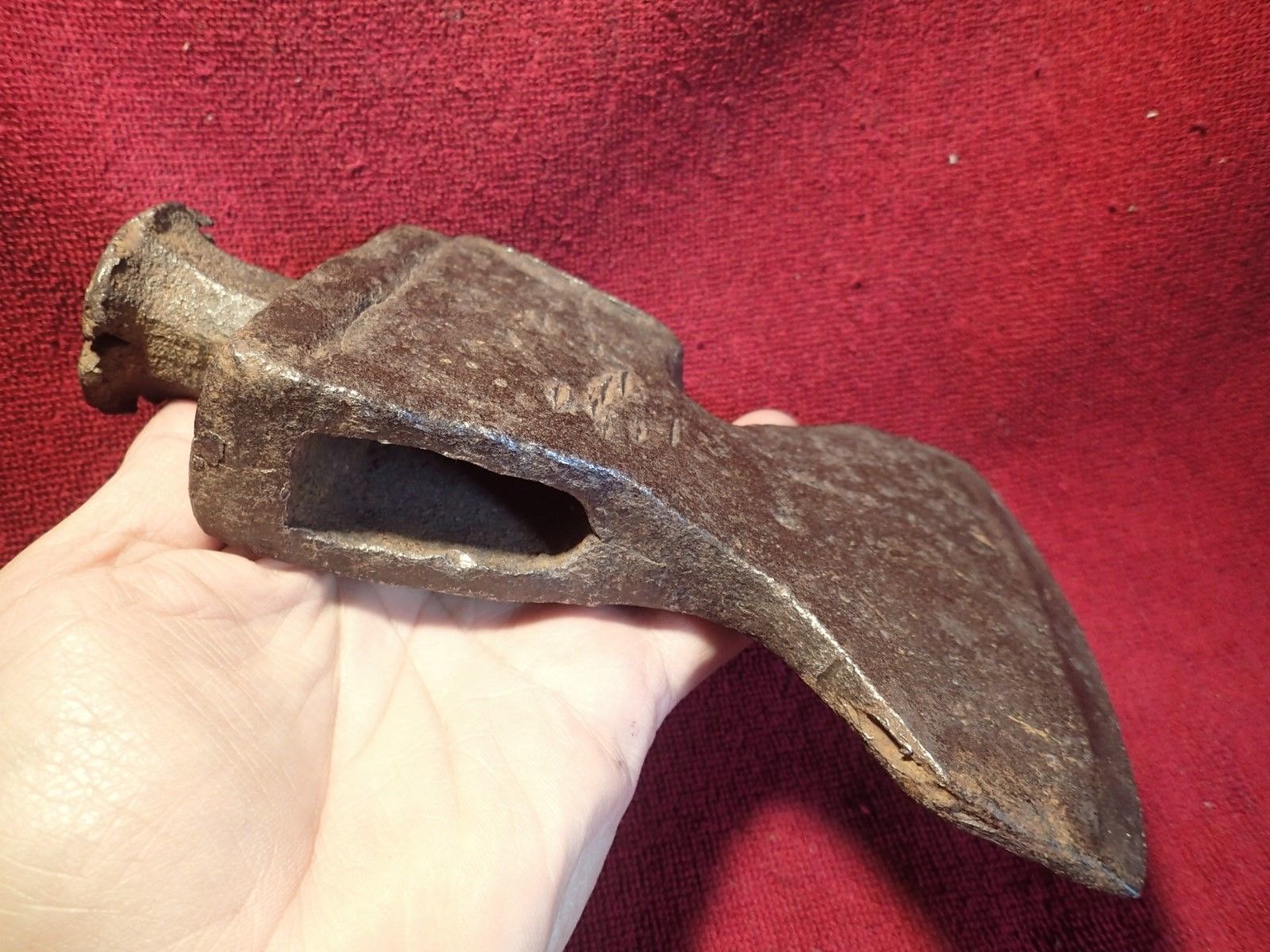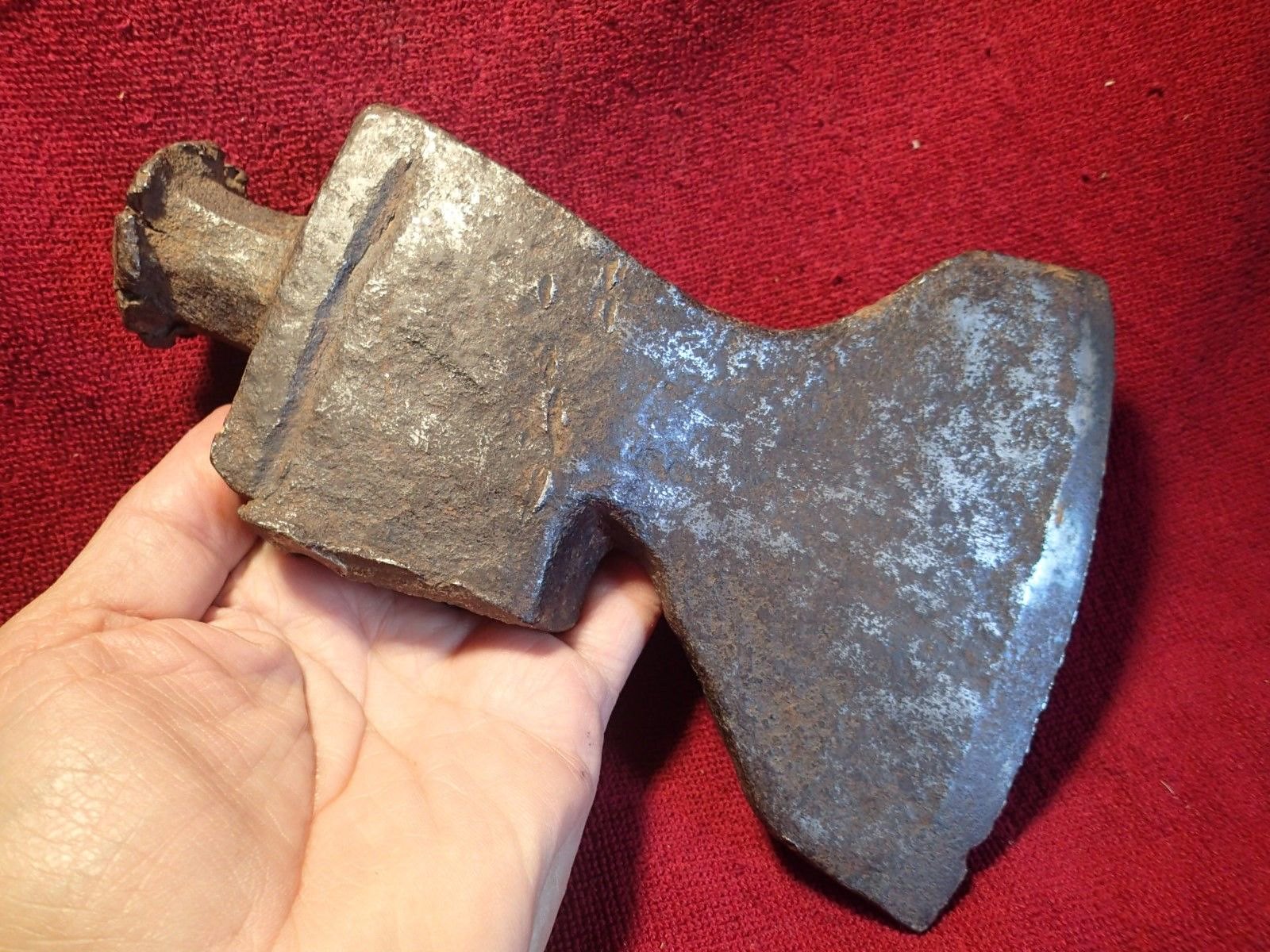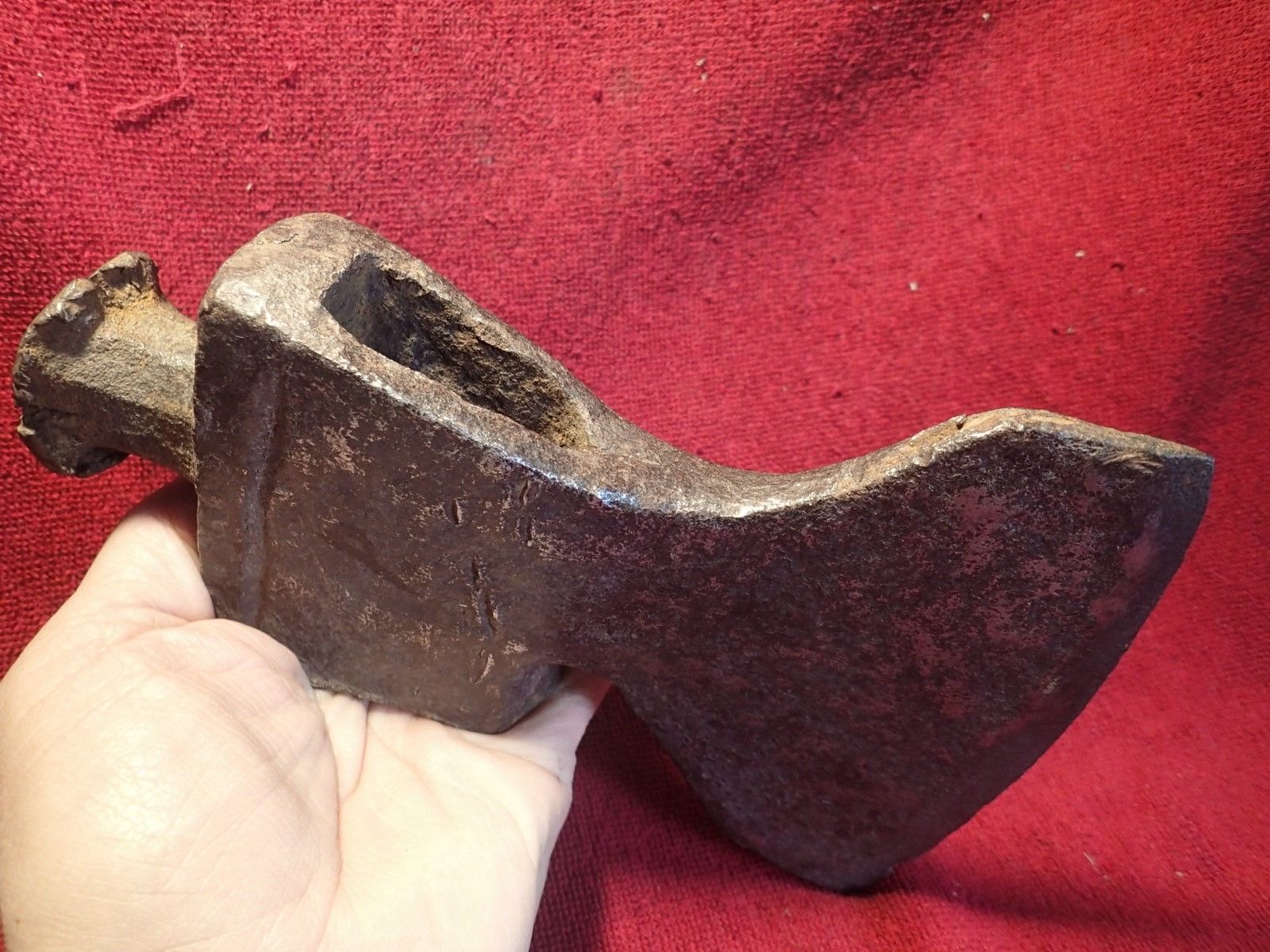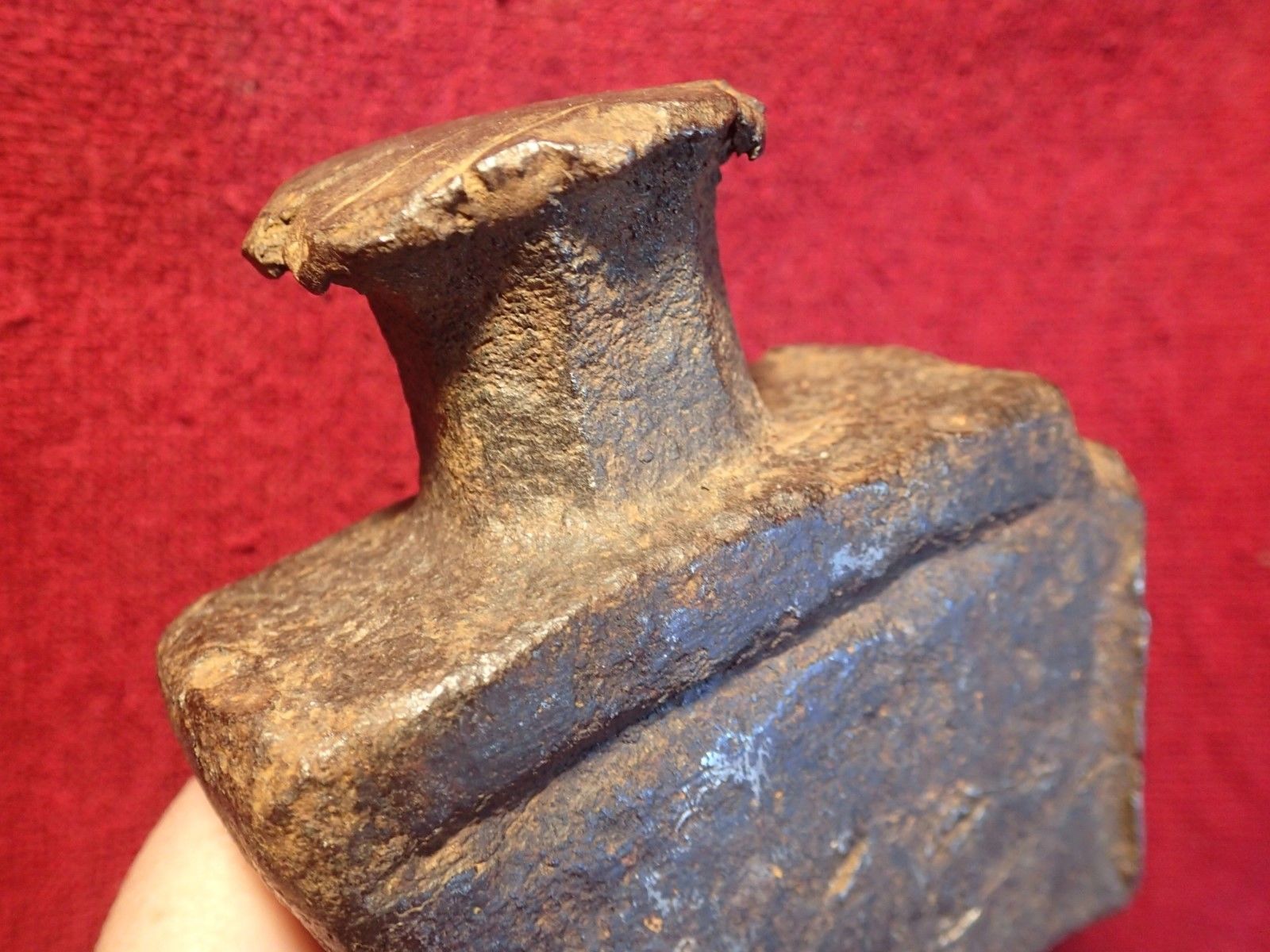Just got an email from a friend in Finland who was at the big gunshot in Turku this last weekend. He got a Billnas 12.3, unissued axe that is stamped "SA in a square with a "P" underneath, so a Finnish Army Pioneer (Engineer) axe. As made except for some minor storage marks. John
John, that sounds like something to hang on to. Its good to see another Finnish local mention that the P refers to the Engineer division of the suomen armeijan. Ive only used a couple of them and ogled a lot but the 12.3 seems like a pretty versatile size of axe. Kind of a beefed up boys axe with a smaller cutting surface. Im convinced the smaller 61.x sized ones are pretty amazing when it comes to carving something for the same reason.
Really, they are just super interesting (my opinion) in build and history given that the differences in them, slight to major, all are connected to a certain region, city, or variation in use.
Yeap, it's tar. Not sure/can't remember if mentioned but if you remove one i and and add one l to piilu, it means woman's genitals.
That being said, fascinating thread. Seeing these axes all my life - and still do - it's kind of disappointing how little I know.. but that's the same thing for most people I think sadly.
A.L. that was what Google showed me as well. I looked at the screen, looked at the catalog, looked at the screen, and then laughed pretty hard. I initially thought maybe that was actually what it was as some cultures arent as prude with certain things.
Then I realized that the print in that pdf catalog is all in caps and it was just my mistake lol.
The easiest way of identifying a Finnish axe model (in my opinion) is by taking the dimensions of the eye, and length of the socket and the poll.
If you cant make out what the stamps say in your axe i could propably identify it from those dimensions since i have acces to pretty much all the models of Billnäs and Kellokoski.
Olli69, I believe you on this all of it. Personally, even with measurements I would be inclined to send those dimensions and a picture to you for example. Without that experience a worn 12.1 and 12.2 make me second guess myself.
I think your take on identifying them is accurate but I would have to have more experience with them to know what to do with the measurements lol.



